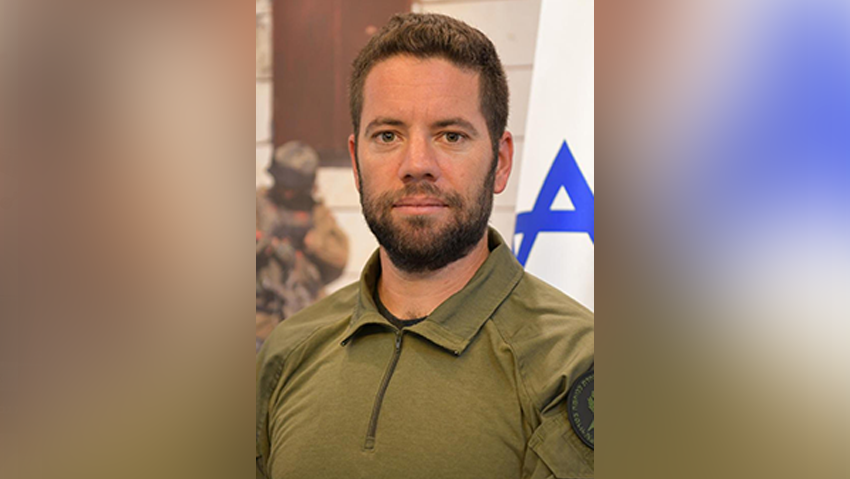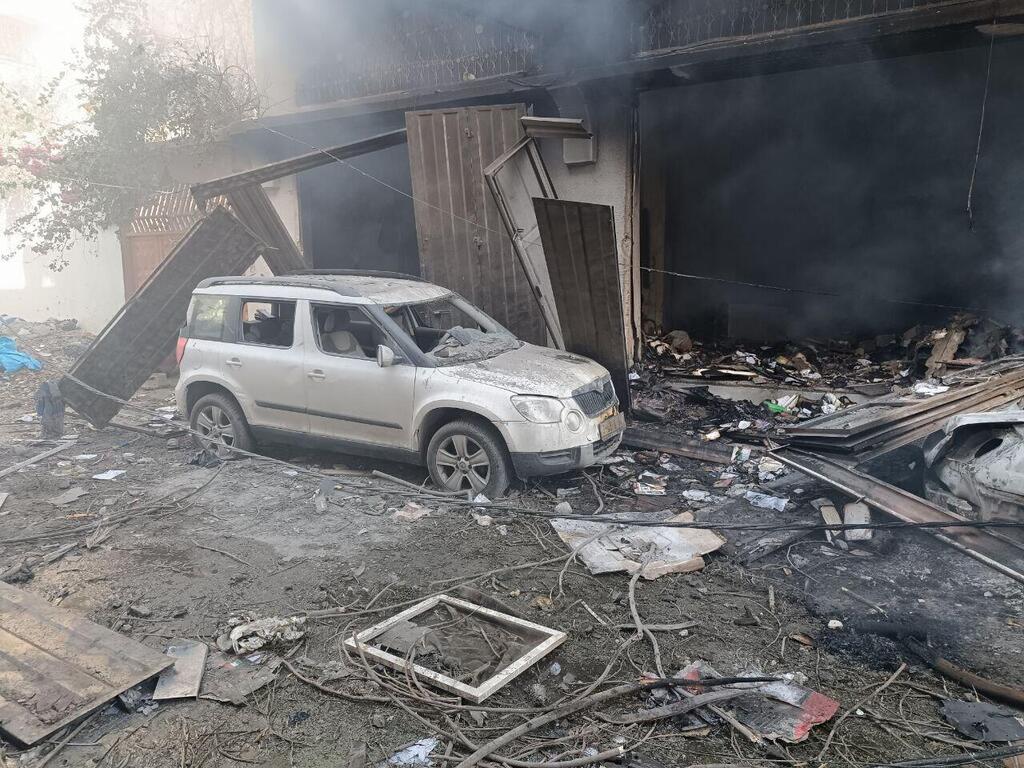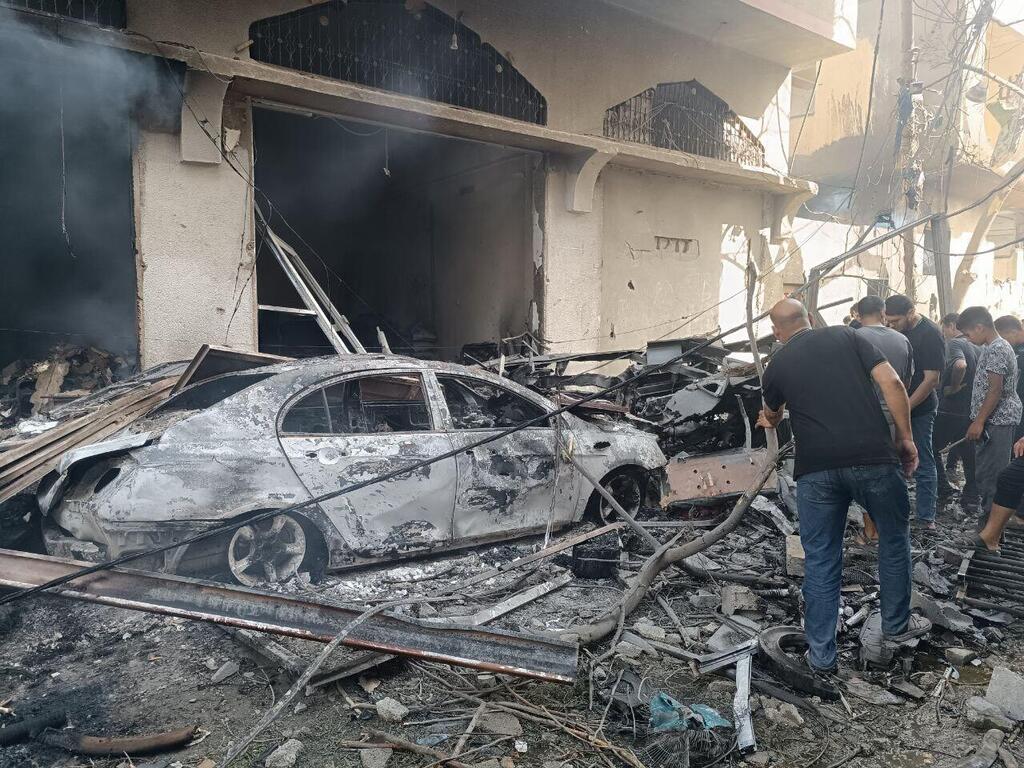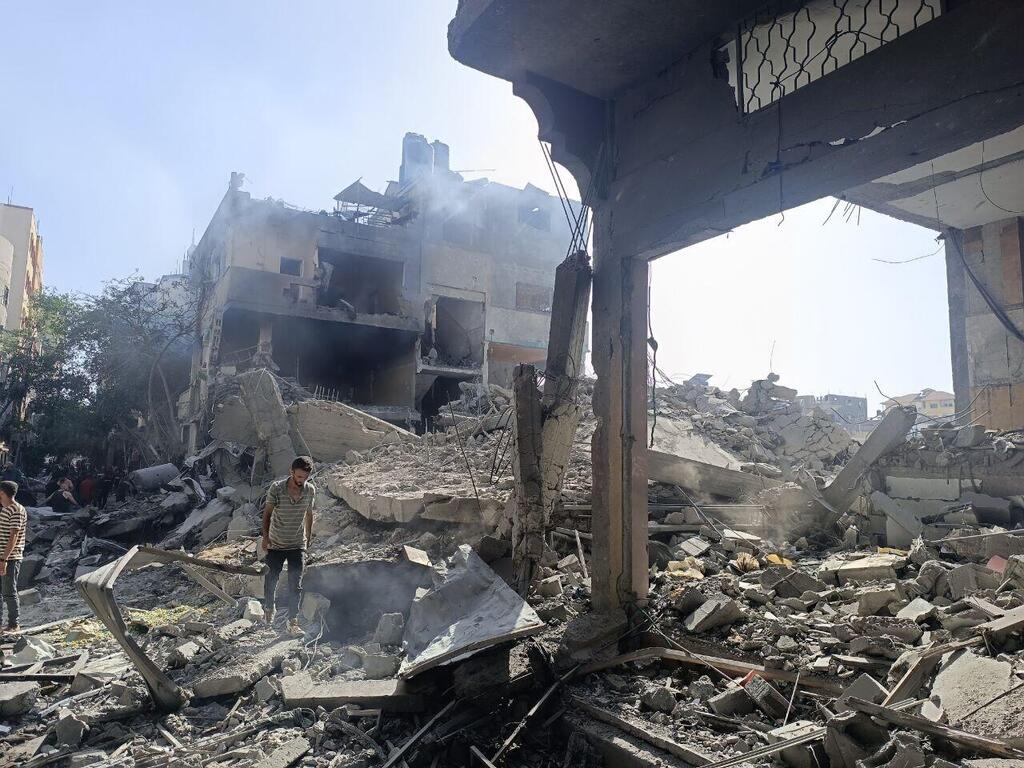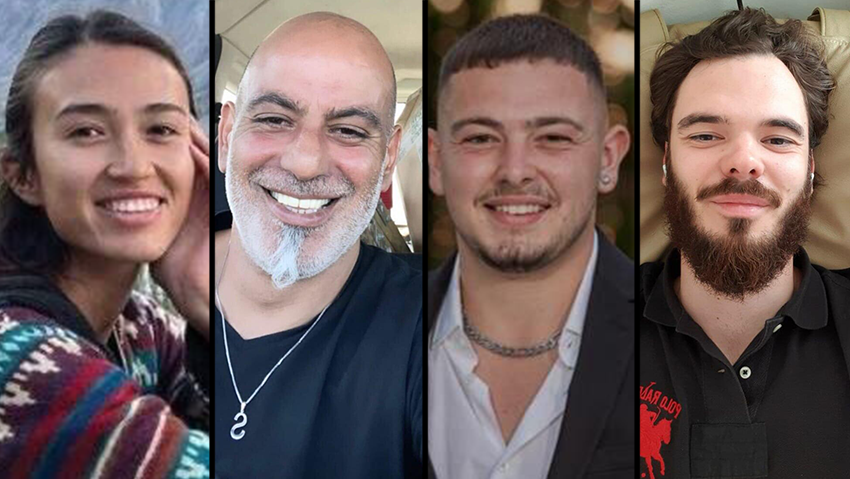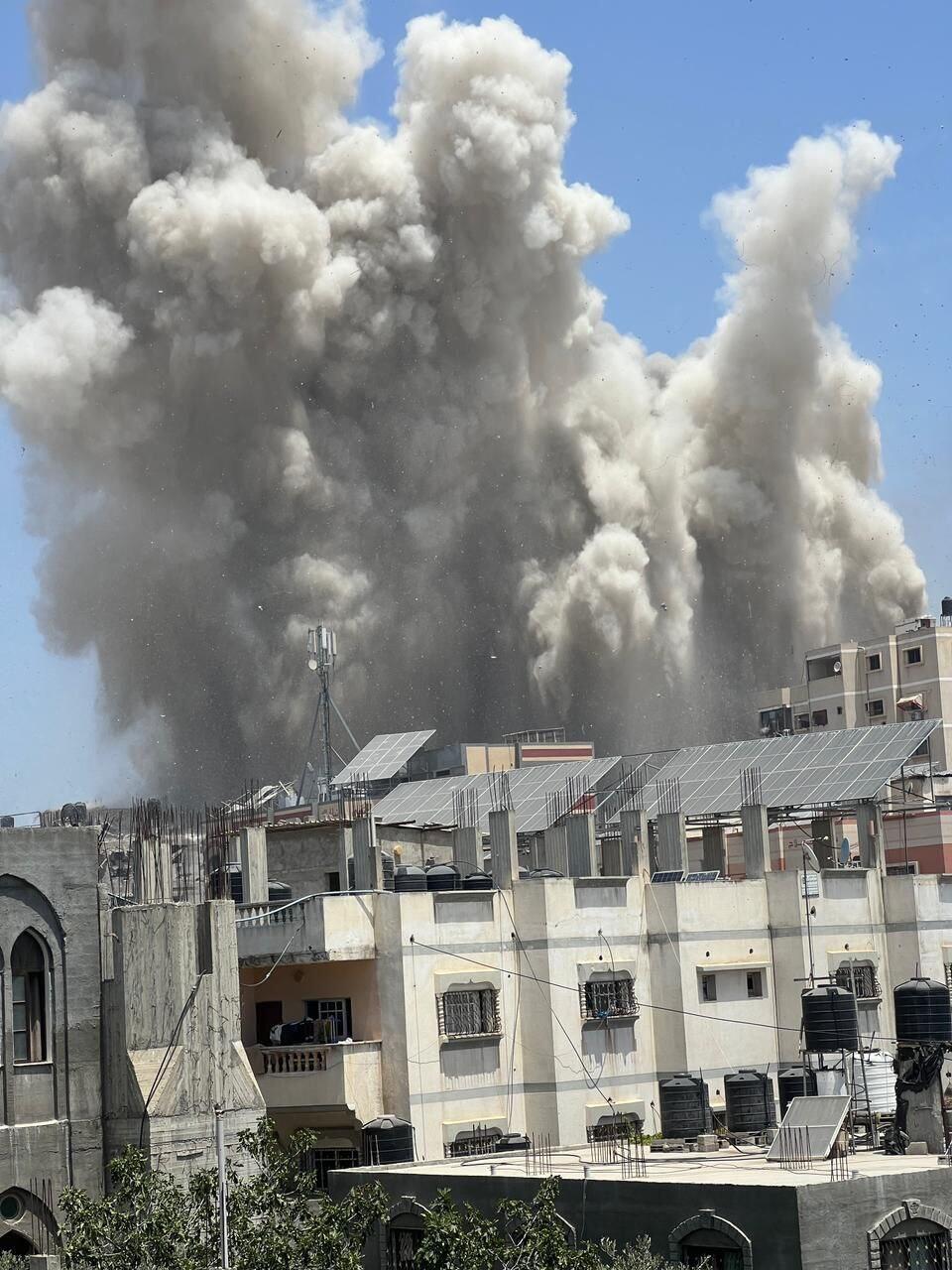Getting your Trinity Audio player ready...
Saturday’s operation to rescue hostages from central Gaza’s Nuseirat was named "Summer Seeds" and is considered one of the most complex hostage rescue missions ever by the IDF.
The hostages were held in civilian areas, above ground, in buildings with three to four floors. The forces stormed two separate locations where the hostages were kept: Noa Argamani was held on the first floor of one building, while Andrey Kozlov, Shlomi Ziv and Almog Meir Jan were held on the third floor of another building, hundreds of yards apart, alongside Gazan families.
Footage from hostage rescue mission in heart of Gaza
(Video: IDF Spokesperson's Unit)
Hamas frequently moved the four hostages from one apartment to another. The concern was that if the forces only stormed one building, terrorists might escape with the hostages from the other. The Air Force gathered intelligence from the air in recent days, and the IDF and Shin Bet created conditions that allowed reaching the targets without the terrorists shooting the hostages first, which was key to the operation's success.
The models built by Israel Police’s Yamam counterterrorism unit reminded military officials of the models used for the Entebbe Operation, complete with buildings, streets, and small areas for training.
Palestinian documentation of daylight hostage rescue operation in Nuseirat, Gaza
The 1976 counter-terrorist mission was launched in response to the hijacking of an international civilian passenger flight operated by Air France between Tel Aviv and Paris.
The key challenge emerged in the apartment where the three men were held. It was here that Yamam fighter Chief Inspector Arnon Zamora, who "led the force" according to the IDF, was killed. The rescue unfolded under intense fire, and during the withdrawal, dozens of terrorists armed with anti-tank missiles and machine guns surged through the alleys toward the targets. As a result, uninvolved Gazan civilians were also killed in the densely populated area.
"The margin between success and failure in such an operation is razor-thin," the military said, emphasizing the reliance on exceptional technology from Military Intelligence and Shin Bet. "Without ground activity and maneuvering in Gazan territory, such operations could not succeed."
The IDF also noted that Chief Inspector Zamora's bravery enabled the successful rescue. "Shin Bet and Military Intelligence operatives entered the lion's den, dismantling houses in areas where no ground operations had occurred," they said. "This is courage on the level of Judah Maccabee. The operation was planned for many weeks with drills, rescue plans, and coordinated firepower, alongside various scenarios and responses."
7 View gallery


IDF helicopter extracts hostages from Nuseirat, Gaza
(Photo: IDF Spokesperson's Unit)
The forces simultaneously breached both buildings using specialized weapons developed for the operation. Immediately after extracting the hostages, they began to retreat while engaging dozens of terrorists.
However, the vehicle carrying the three hostages became stuck and came under heavy fire, nearly complicating the mission. Forces from the 98th Division rushed to assist in the vehicle rescue, and evacuation helicopters entered deep into Gaza in broad daylight.
Three brigades participated in the rescue battle, during which Zamora was evacuated to the hospital, where he was pronounced dead. The participating brigades included the 7th Armored Brigade, the Paratroopers Brigade and the Kfir Brigade, in collaboration with Shayetet 13 and other special forces.
"The firepower plan executed was focused but extremely powerful," the IDF noted. "The cooperation with Shin Bet and Yamam was elevated to a single operational system under the leadership of the Shin Bet chief and the chief of General Staff. Four keys to the operation were: deception, surprise, determination and power."
As in previous rescue missions, the hostages were again designated as "diamonds" in the operational communication network. To maintain secrecy, thousands of soldiers in the participating brigades were unaware of the mission's nature until it occurred, preserving the element of surprise. Only a small number of commanders were briefed on the operation Friday at various levels. These forces were positioned at the correct launch points without revealing the mission's details.
Several soldiers were also lightly injured, mainly from shrapnel. The Air Force struck from the air during the rescue battle just a few dozen feet from the forces.







